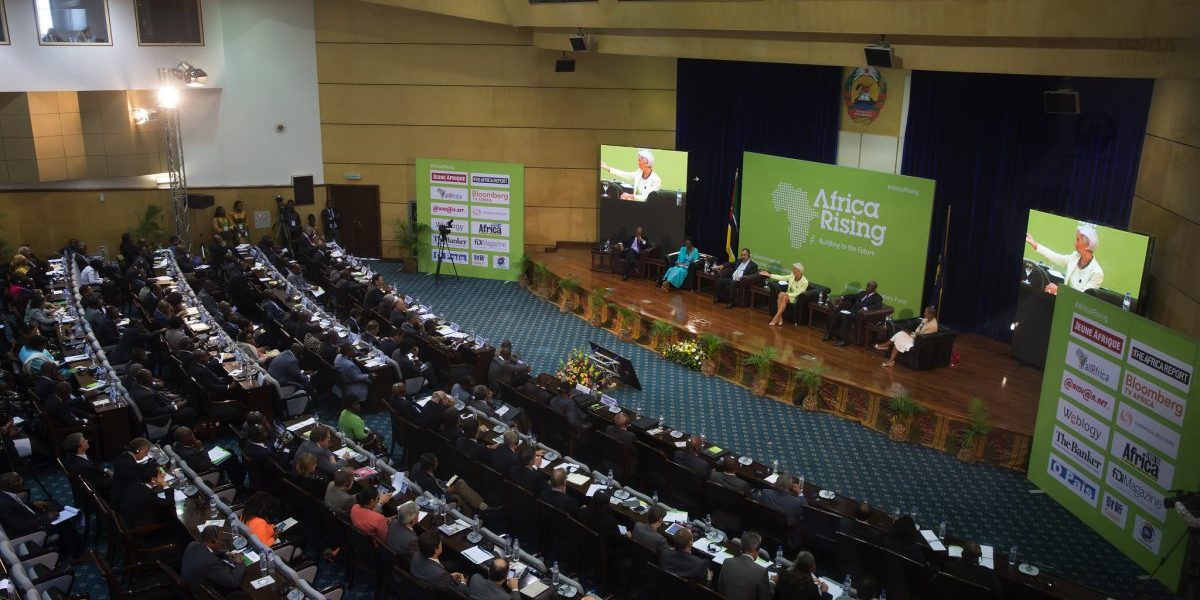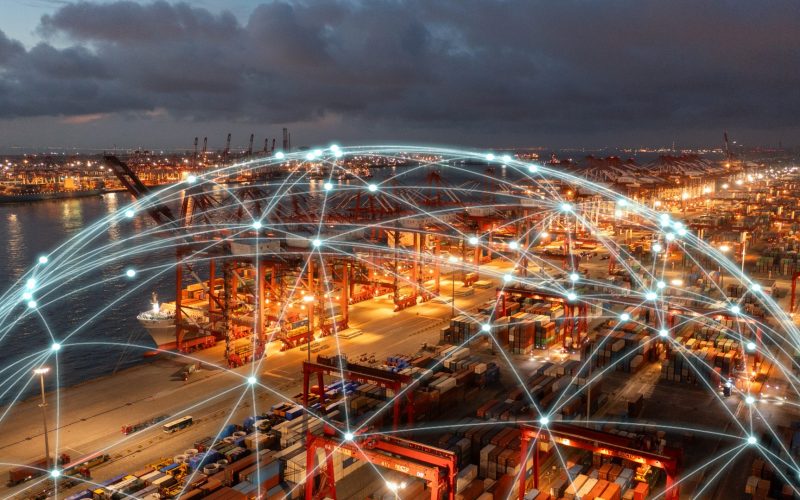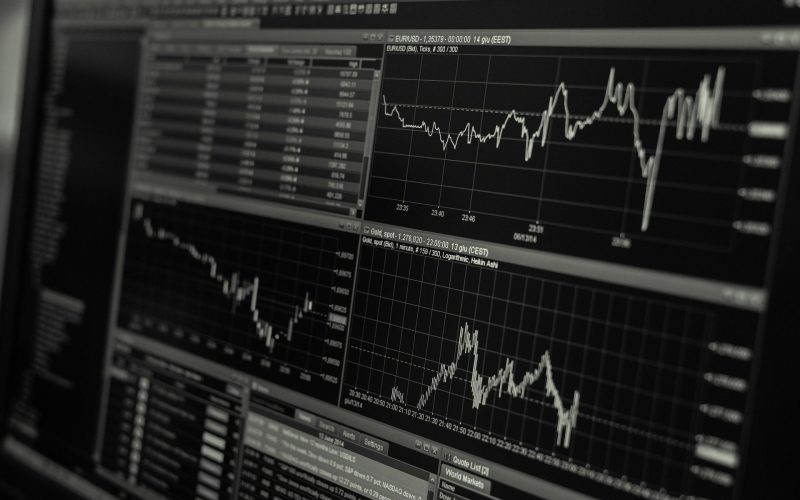High savings rates and a strong, competitive financial sector are vital to the success of any developing economy, yet on both counts Africa lags far behind Asia. Even in the continent’s most developed country – which President Thabo Mbeki describes as a nation of two economies – millions of South Africans are outside the banking system, with minimal savings and little access to the credit needed to develop small businesses.
Now, under pressure from the government, South Africa’s banking sector is trying to reach that ‘second economy’ by encouraging the poor to use the banks to save money, which in turn could boost the credit available to expand businesses, jobs and wealth.
Across the continent, getting those second economy savings out from under mattresses and into banks – where they can contribute to economic growth – has long been blocked because of the high fees banks charge and the extensive paperwork needed to open an account. Only 47% of South Africans can afford the normal bank fees, according to research by Genesis Analytics for FinMark Trust, which promotes access to financial services in the Southern African region.
To change that, South Africa launched the Mzansi scheme to cut banking fees and paperwork. Mzansi, meaning ‘south’ in Nguni languages, is a collaboration between the big four banks (Absa, First National Bank, Nedbank and Standard Bank) and the Post Office’s Postbank. By May this year, seven months after its launch, a million people had opened new low-cost accounts, the first access to formal banking for many. The Banking Association says the accounts have brought an extra 4% of the population into the banking system, placing the country at the same level as Argentina and a step away from Malaysia.
‘The take-up has been impressive and certainly better than expected,’ says Richard Ketley of Genesis Analytics, a consultancy in Johannesburg specialising in emerging markets’ financial sectors. He says the real boost could come if social security payments are banked instead of drawn in cash. ‘The government pays out billions [of rand] a year in welfare grants. If these were paid into Mzansi accounts rather than in cash it would make it very profitable for the banks.’
Convincing banks that they can profit from serving the poor has required a change in mindset in an industry long comfortable with high profit margins and low competition. Mzansi is an effort to get banks to test whether they can also profit from large numbers of small, low-fee accounts. The programme is the result of pressure on the big banks sector by both government and communities to meet the needs of South Africa’s unbanked, of whom there are 17 million according to the central bank. Instead of passing legislation, which would force companies to change but possibly get the formula wrong, South Africa opted for a voluntary system in which industries are pressured to negotiate a charter under which they agree to meet certain social transformation goals. Under the Financial Services Charter, the banks have to attract 8 million new customers within three years.
Mzansi accounts have reduced fees and are available to customers who have low incomes or erratic incomes or are not in formal employment. They can use automated teller machines at any of the big four banks or Postbank to draw money at a much lower cost than for traditional accounts. The Banking Association estimates that Mzansi accounts are between 15% and 40% cheaper to use than normal bank accounts. The association believes that most of the million Mzansi customers were previously outside the banking system, rather than switching from an older account, although they cannot at this stage be precise. Yet, even if they are all new bank customers, Mzansi will have to continue growing at the same rate to reach its target of attracting 8 million new customers in three years.
‘While we understand that even one million account holders is just a start in the grand scheme of Charter objectives, it is extremely encouraging to see that the appropriate target market is largely being reached,’ says Colin Donian, director of the Mzansi Initiative at the Banking Association. Donian adds that 62% of Mzansi customers are between 25 and 54 years old, most are black, and they use their accounts ‘in a similar manner to existing entry-level clients.’
Savings + bank credit = growth
The banks stand to benefit as well as the poor. The total balance in Mzansi accounts so far is about $50 million, a small fraction of South Africa’s estimated $30 billion in short-term bank deposits. But, about $900 million of remittances moves around the informal economy – which includes savings tucked under the mattress, sent home by bus, or paid into stokvels (local savings cooperatives), or burial societies – which could be brought into the formal savings and lending pool. This estimate is based on research for South Africa’s Financial Diaries Project conducted by the University of Cape Town.
Remittances sent home by Africans working abroad is another major source of funds outside the banking system. A recent World Bank study estimated that the continent received $12 billion in overseas remittances in 2002: $4 billion to sub-Saharan Africa and the rest to North Africa. Yet only one-third of sub-Saharan countries even report remittance data.
‘There is a strong correlation between bank deposits and lending. But this requires lower-cost banking. So far no country in Africa has made that transition,’ says Ketley.
Other countries on the continent with weak banking and savings performance will watch South Africa’s progress keenly. A previous survey by FinMark Trust found that three quarters of bank customers save regularly, compared to only one in seven of the unbanked. There is also a clear link between high banking fees and low numbers of bank accounts in individual countries.
A country needs total savings of above 20% of GDP to support real economic growth of over 3% a year, according to the International Monetary Fund (IMF). Savings in sub-Saharan Africa average a mere 15% of gross national income compared to the 36% savings rate for South East Asia.
Improving savings and access to banking are now priorities for governments across Africa, hoping that cheap banking and greater savings will boost economic growth. The rest of Africa’s banking sector trails far behind South Africa, where the banks already have a good penetration of the middle and upper income earners. The Genesis survey shows only 11% of Kenyans have bank accounts, and only 10% of Nigerians, even though banking charges in Nigeria are relatively low. In Nigeria there are an estimated 40,700 people per bank branch or ATM, compared to 2,630 people per branch or ATM in South Africa.
Because banking charges in Kenya remain exceptionally high, few Kenyans have bank accounts and those that do use them less. Monthly charges for bank account holders are estimated to be around 32% of the monthly salary of the average blue collar worker. A service that is almost universal for South African account-holders – the stop-order or monthly direct debit from one account to another to pay regular bills – is so expensive in Kenya (about $30 a transaction) that it is hardly ever used.
Poor national infrastructure is the main reason for banking’s low penetration in many African countries, says Ketley. The unreliability of electricity and the high cost of telecommunication drive up costs and limit the ability to deploy cost-cutting computer technology.
‘The service in Nigerian banks is sometimes very good, but they are forced to operate with cumbersome and outdated systems by the lack of power, telecommunications and other vital infrastructure. This means the banks just can’t expand to meet the needs of the population,’ he says.
‘The fixed costs of setting up an electronic banking system are very high, but subsequent costs are very low. It costs much the same to process 20,000 electronic transactions as it does for the computer to process just two,’ says Tony Twine of Econometrix.
The high start-up cost of electronic banking is not the only hurdle to delivering low-cost banking to a broader customer base in Africa.
‘Some governments say they want electronic banking systems but want to control them. They want a nationalised system, which takes away the inter-national connectivity as well as the advanced technology and economy of scale which organisations like Visa can offer.
‘You can’t put a national fence around electronic banking if you want all the benefits. You have to be part of the big bad world,’ says Twine.








